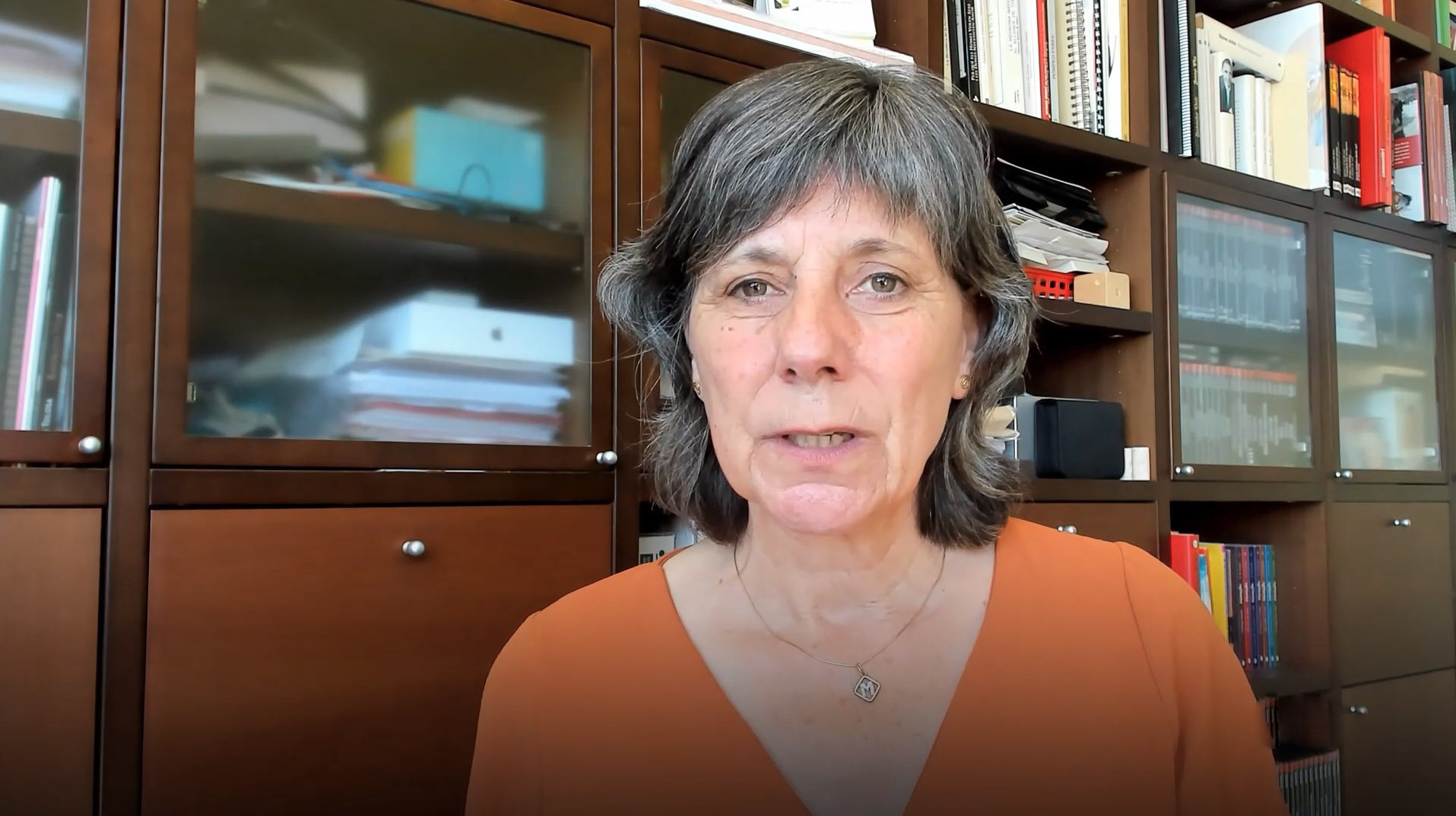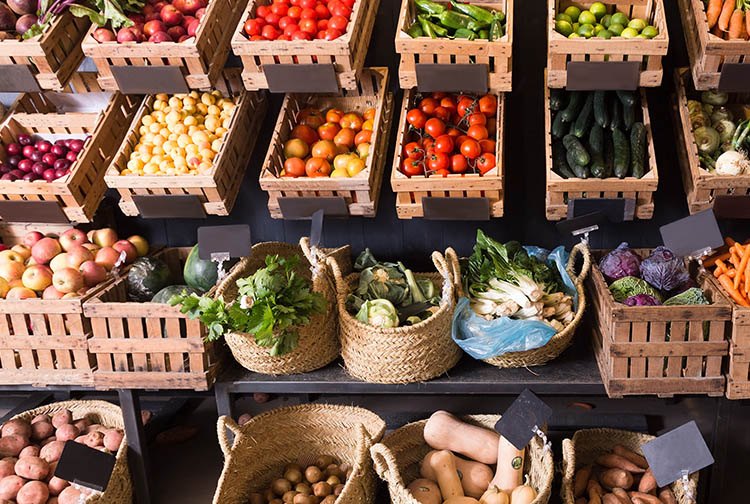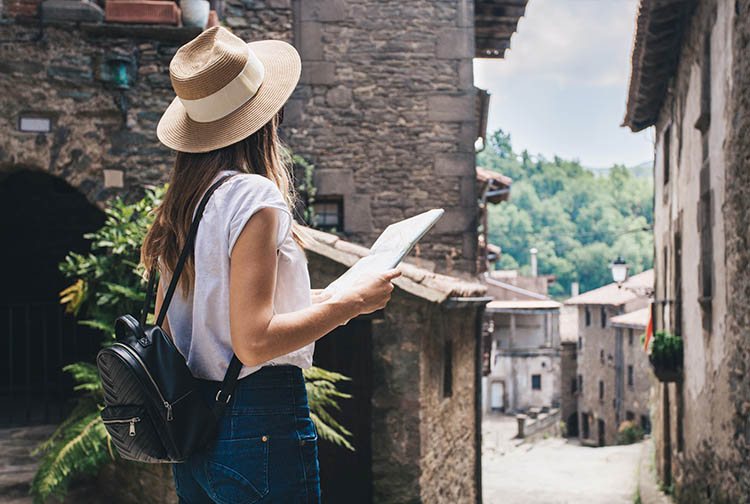

Travelling with food
Food is an essential part of any trip, both the food you discover at the place of arrival and the food you take with you from home. Let’s review the basics for travelling with food.
The importance of food, whether for the cultural basis or the need for energy, means that when we travel we face various dilemmas, such as: Where to eat? What to eat? Eating at a restaurant or taking food with us in a home-made lunch box? Eating before leaving home or doing so when we arrive at our destination?
What we need to know is that, no matter what option we choose, the best we can do is avoid travelling when we are hungry. It is necessary that, before starting a journey, we leave home with a full stomach, as this will make us optimistic and will make us face any problem that may arise with more energy and positivity.
I want to take my food from home. How should I do it?
Once I have decided that I want to take my food with me, I need to know that, depending on the means of transport I use, I will have to transport it differently. For example, if I fly from one European Union country to another, there are usually no restrictions on carrying food on the plane. We can travel with products of animal origin, as Member States are supposed to comply with Community veterinary standards. If the trip is outside the European Union, you will need to consult the regulations of each country to find out whether they will let us introduce our food and how to do it.
On the other hand, if we travel by car, what worries us most is what foods to put in the lunch box so that once cooked or processed they retain their properties, both in terms of preservation and taste. Therefore, it is necessary to keep the lunch box at the right temperature, this being a maximum of 5 °C for cold foods and around 65 °C for hot foods. In case the heat cannot be maintained, it is better to refrigerate the food and heat it before consuming it. Recommendations such as the desirability of using hygienic foods, cured in the case of dairy products, and avoiding preparations containing raw egg should also be taken into account.
We are what we eat
As the La dieta Mediterrània un estil de vida actual document by the Alice Foundation highlights, “The need to recover the Mediterranean diet has become a constant demand for decades. The different researches carried out on the food patterns that characterize the developed societies of our time lead to surprising conclusions: we do not eat well, we have unlimited access to certain food products, and in our society more and more important states of malnutrition are detected. Pathologies specific to our environment — overweight and obesity, anaemia, decalcification and osteoporosis, caries, cardiovascular disease, diabetes, retinopathy and macular degeneration, constipation and digestive disorders, and degenerative diseases, such as Alzheimer’s or cancer — are, in many cases, related to diet that the patient has followed throughout his life. And diet can be, if not the cause, the trigger of the malfunction of the body […].”
Mediterranean culture
The panellets, chestnuts, and sweet potatoes that are consumed for the feasts of All Saints and the Day of the Dead; the nougat for Christmas; the omelettes and other preparations for Fat Thursday; the doughnuts for Lent; the ring-shaped cake for the Kings’ day; the cream for St. Joseph; the cakes for the festivals of Sant Joan and Sant Pere; the mones for Easter…
The history of our land is closely linked to Mediterranean culture. Mediterranean people share similar characteristics, one of which is the fact of enjoying social life around a table, enjoying the dishes and stews that are presented to be tasted while talking a mile a minute and having a good time.
Our culinary culture has its origins in medieval times. In Catalonia, we have one of the first manuals of recipes, gastronomy, and wines in Europe, the Llibre de Sent Soví, from the 13th century, which is an anonymous medieval recipe book. Also, in the words of Josep Pla, we have the first best-seller of the culinary world: it is the Llibre del coch from the 16th century, by the master Robert de Nola, cook of King Ferdinand of Naples. Today, Catalan cuisine is known and recognized internationally.
What is the energy value of food?
The energy value of food is proportional to the energy released when that food is burned, in the presence of oxygen. This released energy is measured in calories.
A calorie is the amount of heat needed to raise the temperature of one gram of water by one degree Celsius. It is a very small unit and, for this reason, kilocalories (1 kcal = 1,000 calories) are usually used for food.
The human body, when in a state of absolute rest and constant body temperature, consumes a certain amount of energy. This amount of energy is called the basal metabolic rate (BMR), and is needed to maintain vital signs. The following formulas are used to calculate the daily rate of basal metabolism:
- Women: BMR = 655 + 9.6 · W + 1.8 · H – 4.7 · A
- Men: BMR = 66 + 13,7 · W + 5 · H – 6,8 · A
In these formulas, W is the weight in kilograms, H is the height measured in centimetres, and A is the age in years.
Do you want to be the first to receive the latest news about 11Onze? Click here to subscribe to our Telegram channel





👏
Aquest article m’ha FET reflexionar sobre el que menjo, molt interessant 👍👍
Segur que tu menges prou bé, Joan, però tot així sempre es pot millorar una mica més la nostra alimentació… Celebro que l’hagis trobat interessant.
Es, ben cert lo del flaire, el menjar i la memòria d’on ens porta. Som un país ric amb bons productes i bons menjars, com país mediterrani tenim moltes coses similars a d’altres països mediterranis
Gràcies per aquest video i per l’article
Gràcies a tu Alícia per seguir-nos. Ens veiem a La Plaça!
Jo, quan menjo mongetes amb botifarra, me’n recordó de CATALUNYA.
Certament és un plat típic de casa nostra, Jordi.
Molt interesant.
Gràcies, Rosa!
Molt bon article!!
Gràcies, Laura, ens veiem a la Plaça!